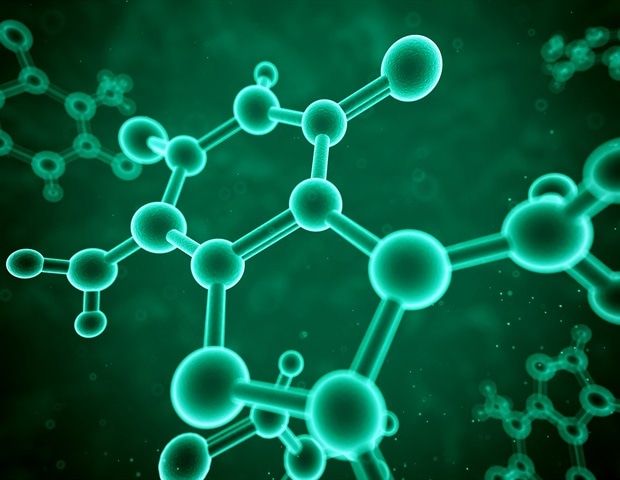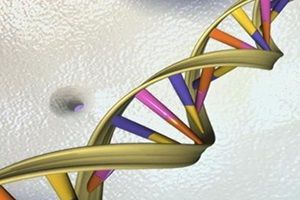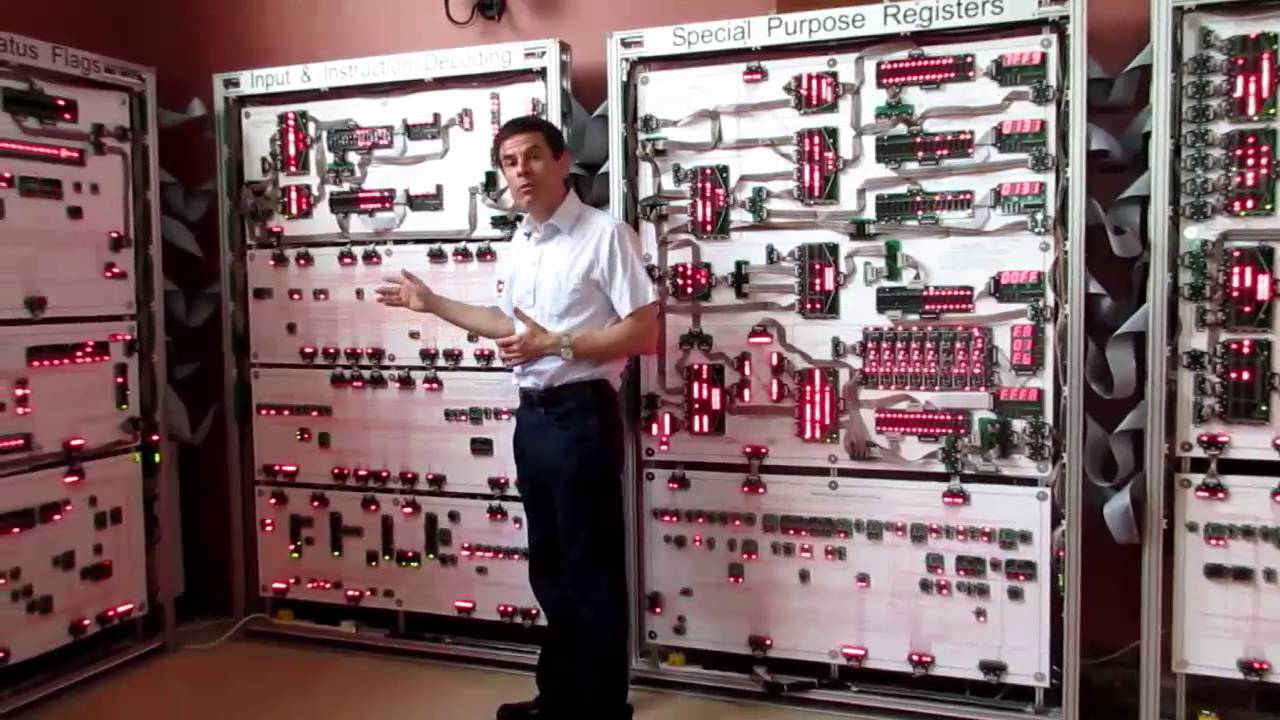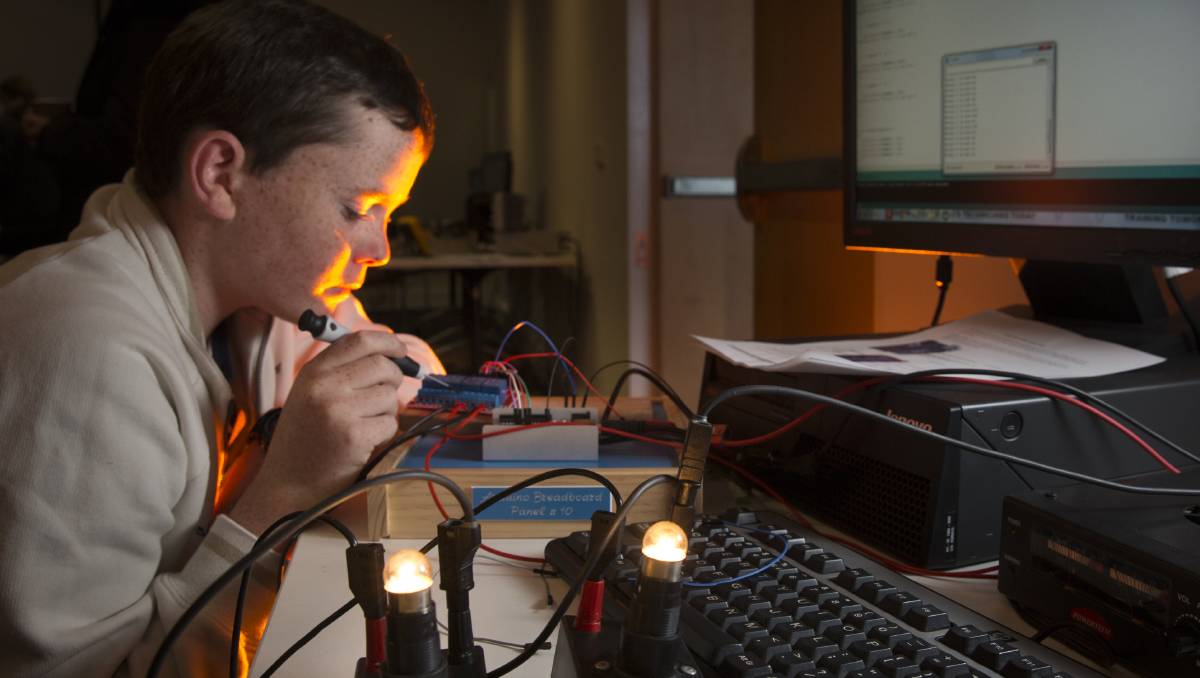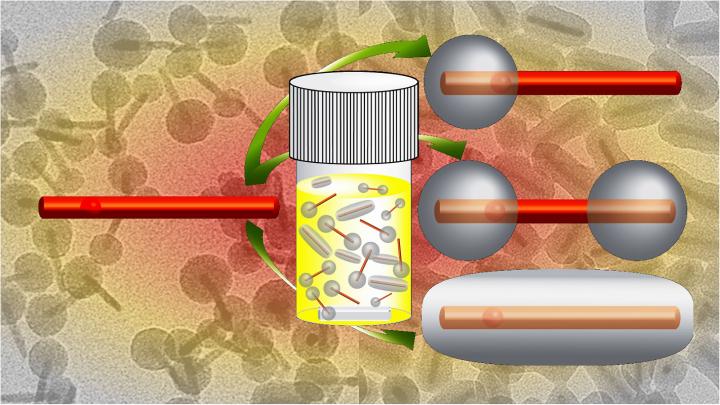Jul 11, 2016
Mussels inspire scientists to attach biologically active molecule to titanium surface
Posted by Karen Hurst in categories: biotech/medical, materials
Very cool; another example where nature inspires others. Einstein was inspired often by nature and its environment.
Titanium is used medically in applications such as artificial joints and dental implants. While it is strong and is not harmful to tissues, the metal lacks some of the beneficial biological properties of natural tissues such as bones and natural teeth. Now, based on insights from mussels—which are able to attach themselves very tightly to even metallic surfaces due to special proteins found in their byssal threads—scientists from RIKEN have successfully attached a biologically active molecule to a titanium surface, paving the way for implants that can be more biologically beneficial.
The work began from earlier discoveries that mussels can attach to smooth surfaces so effectively thanks to a protein, L-DOPA, which is known to be able to bind very strongly to smooth surfaces such as rocks, ceramics, or metals. Interestingly, the same protein functions in humans as a precursor to dopamine, and is used as a treatment for Parkinson’s disease.
